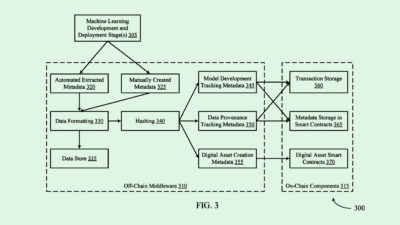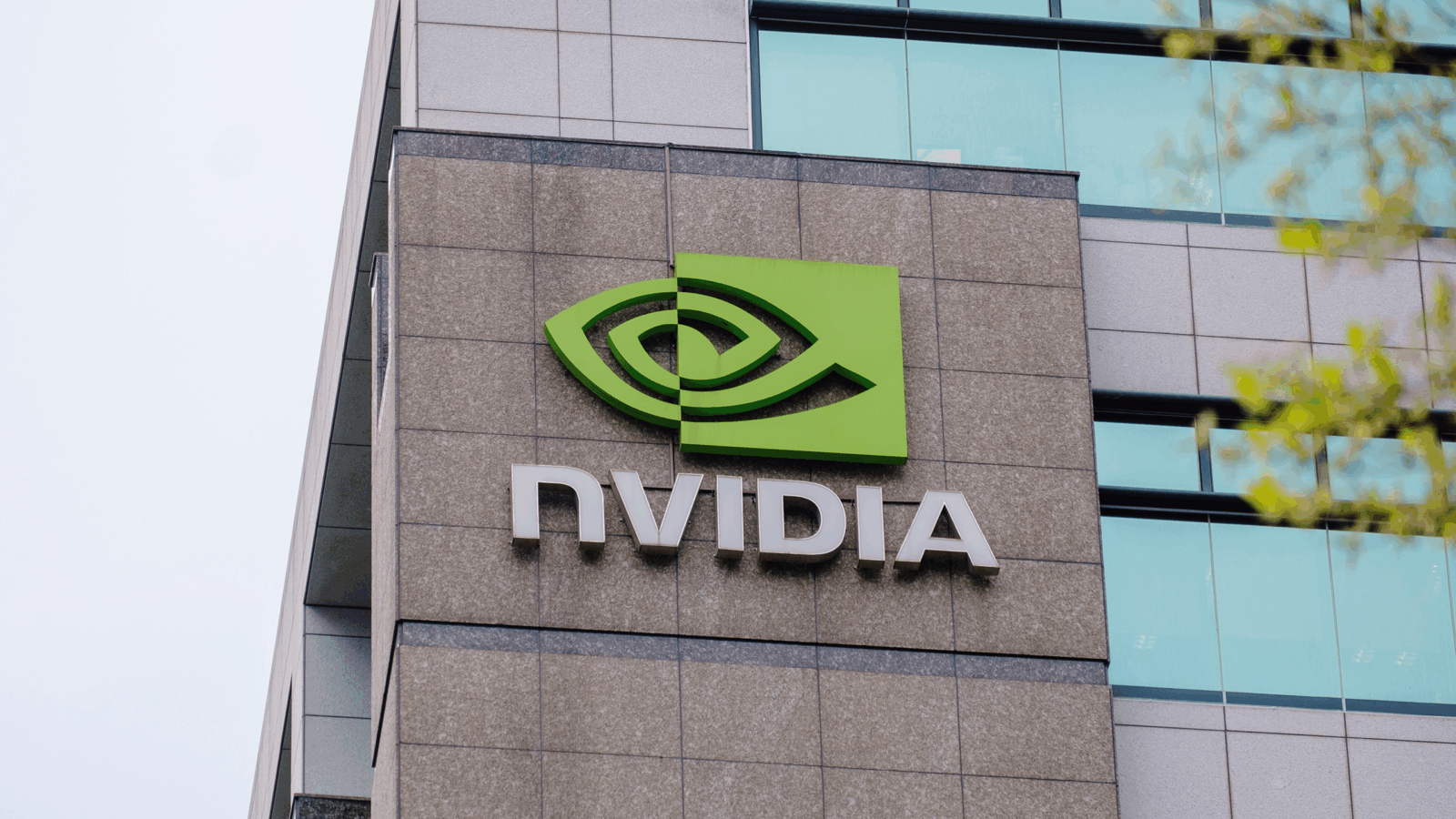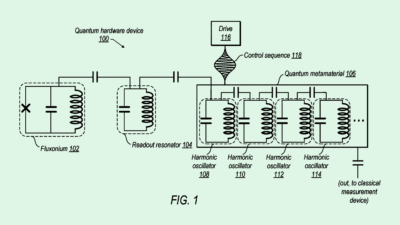
Sign up for smart news, insights, and analysis on the biggest financial stories of the day.
When a team from the U.S. military wondered whether, in the future, they would be able to shoot down nuclear missiles with lasers, they were not eating copious bags of Hot Cheetos while on a stoner outing.
In fact, they were chatting with MIT researchers who just released a new search engine that lets someone “Google” a technology’s future growth potential. You can use it, too.
Deconstructing the Elon Myth
Don’t get your hopes up too much. Jean-Luc Picard and the Star Trek Enterprise still don’t show up until the 24th century and there’s no certain way of measuring how a technology will advance. But there is a way to predict how fast it’s advancing.
That’s because the researchers built a gigantic, searchable database — try it here — holding 97% of U.S. patents and mountains of data on technological improvement rates. They then trained a prediction algorithm on the data to forecast how fast technologies are improving. Two things stood out:
- Most tech moves slow. Of almost 1,800 different technologies, over 75% improve at less than 20% annual rate. Robotics is only improving at 18.5% a year — way less than the 42% benchmark of semiconductors.
- More than anything, breakthroughs emerge from how much a technology patent borrows from other, apparently unrelated technologies. In other words, the idea of the sole genius inventor or company is way overstated.
“Great scientists are just a little bit ahead of the curve — they aren’t unbelievable heroes who do what no one else can do, and neither is Elon Musk,” Christopher Magee, an emeritus professor of engineering at MIT who worked on the project, told The Wall Street Journal.
What’s the Use for This? If the innovation-prediction algorithms hold up to scrutiny, investors, CEOs, and governments could have a breakthrough tool to help them direct their money.
Wait, What About the Lasers? Yes, laser technology is growing fast enough to where we should be able to shoot down nuclear missiles with lasers in 15 to 25 years, according to researchers.











